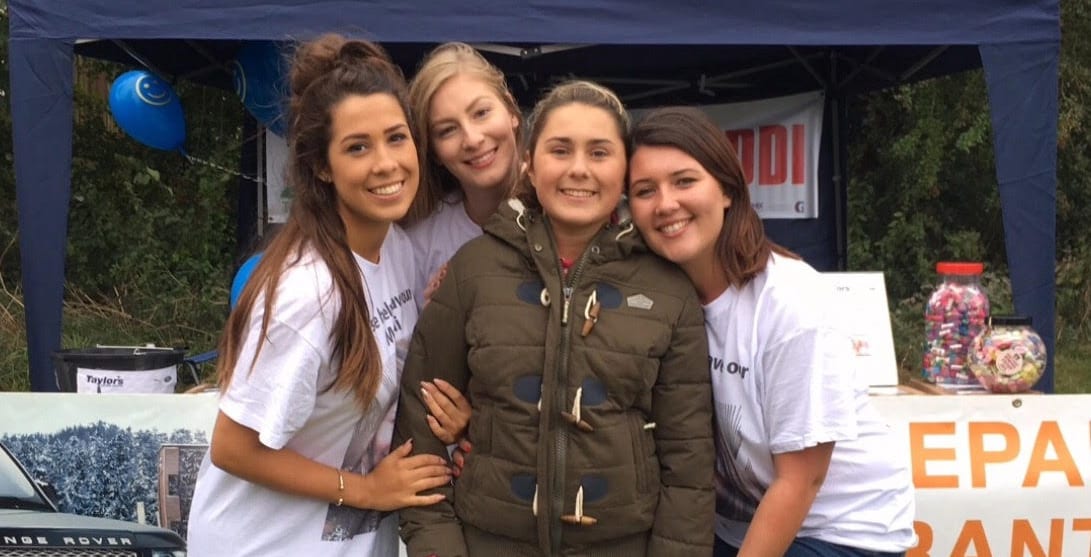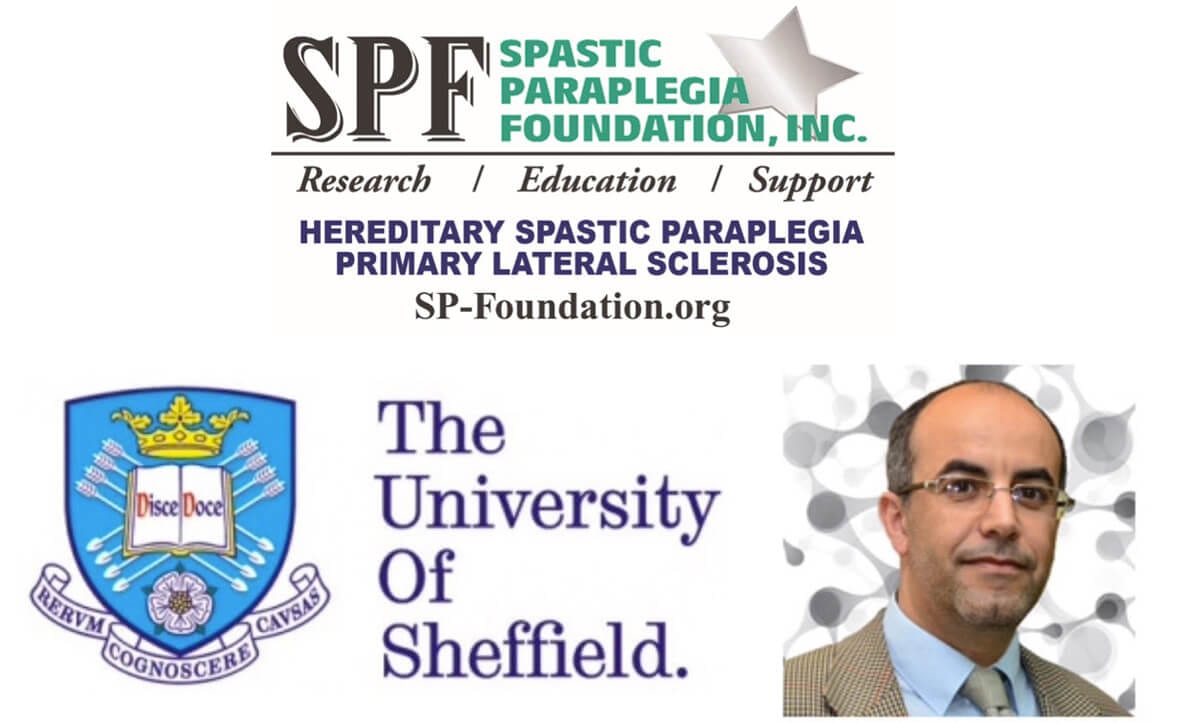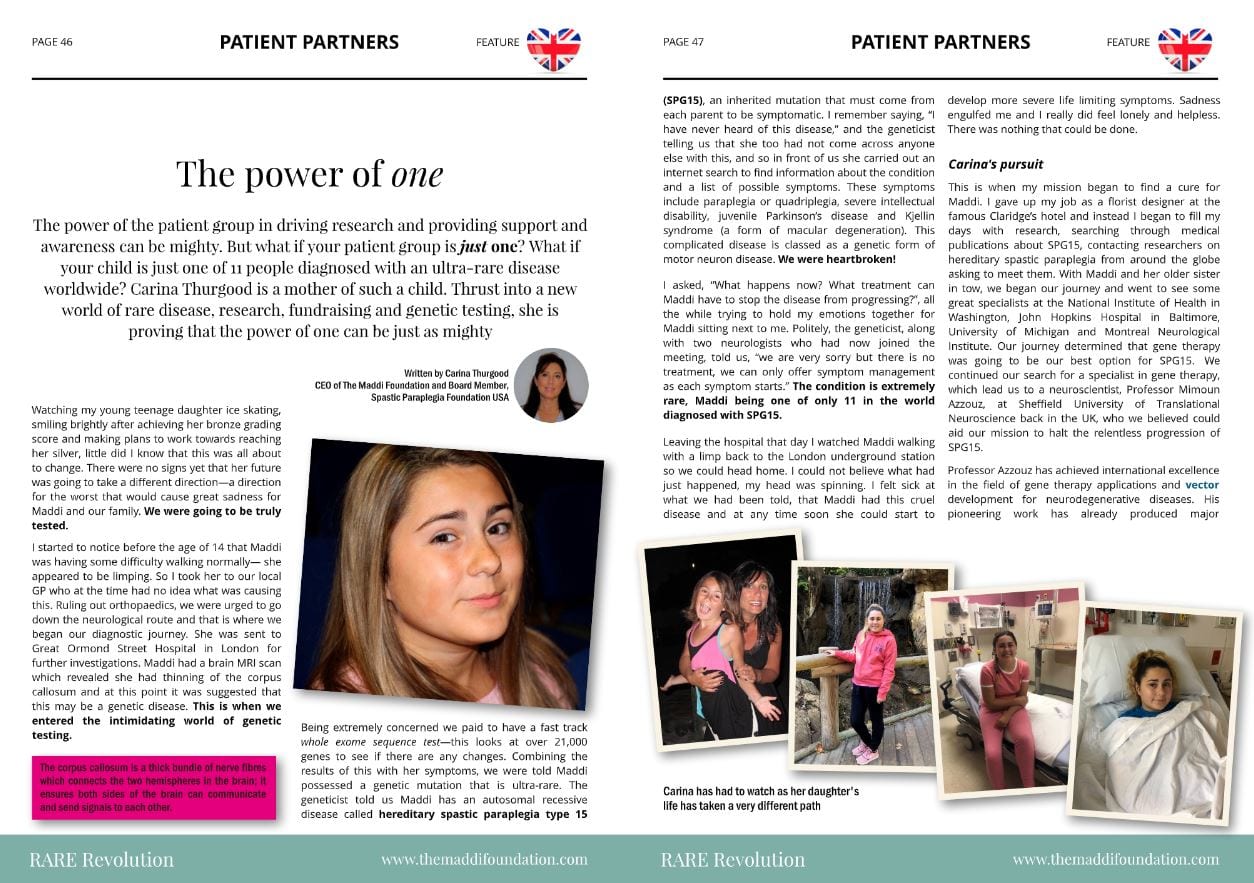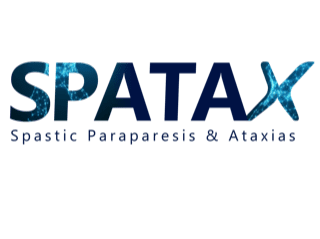Help us beat SPG15
The Maddi Foundation is changing the path of rare disease. By working on finding a cure for SPG15 it could lead to more understanding of new ways to treat other diseases.
The Charity
Our Mission
Established in 2016 as the ‘Save Our Maddi Appeal,’ the Maddi Foundation emerged in response to Madeleine Thurgood’s diagnosis of Hereditary Spastic Paraplegia 15 (SPG15). Co-Founder Carina Thurgood, Maddi’s mother, passionately advocated for raising awareness of SPG15, driving the Foundation’s commitment to advancing research and developing Gene Therapy for this rare genetic disease.
Since Maddi’s diagnosis, the Foundation has actively collaborated with scientists, researchers, and clinicians in the UK, USA, and Europe, dedicated to the development of Gene Therapy. Our ambitious goal is to raise £2,500,000 to fund crucial research. We have already supported the initial stages of a ‘Proof of Concept’ for the treatment, aiming to halt the progression of SPG15. These funds will contribute to manufacturing the therapy and conducting clinical trials, benefiting Maddi and others affected by this disease.
Join us in our mission to find a cure for SPG15, knowing that our efforts will extend support to those grappling with various genetic rare diseases.

Read our interview with Maddi Foundation CEO, Carina in Rare Revolution Magazine
International Registry for SPG11 & SPG15
SPATAX has recently launched an international registry for the natural history of SPG11 and SPG15 patients (NAT-HIS SPG 11/15). NATHIS SPG11/15 aims to identify SPG11/15 prevalence, to understand the pathologies and management of symptoms.
All data reported will be visible to anyone who requests an access and includes patients. This project will permit an important improvement in the knowledge of the natural history of SPG11 and SPG15 and potentially improve the treatments currently proposed and to imagine new treatment avenues.



